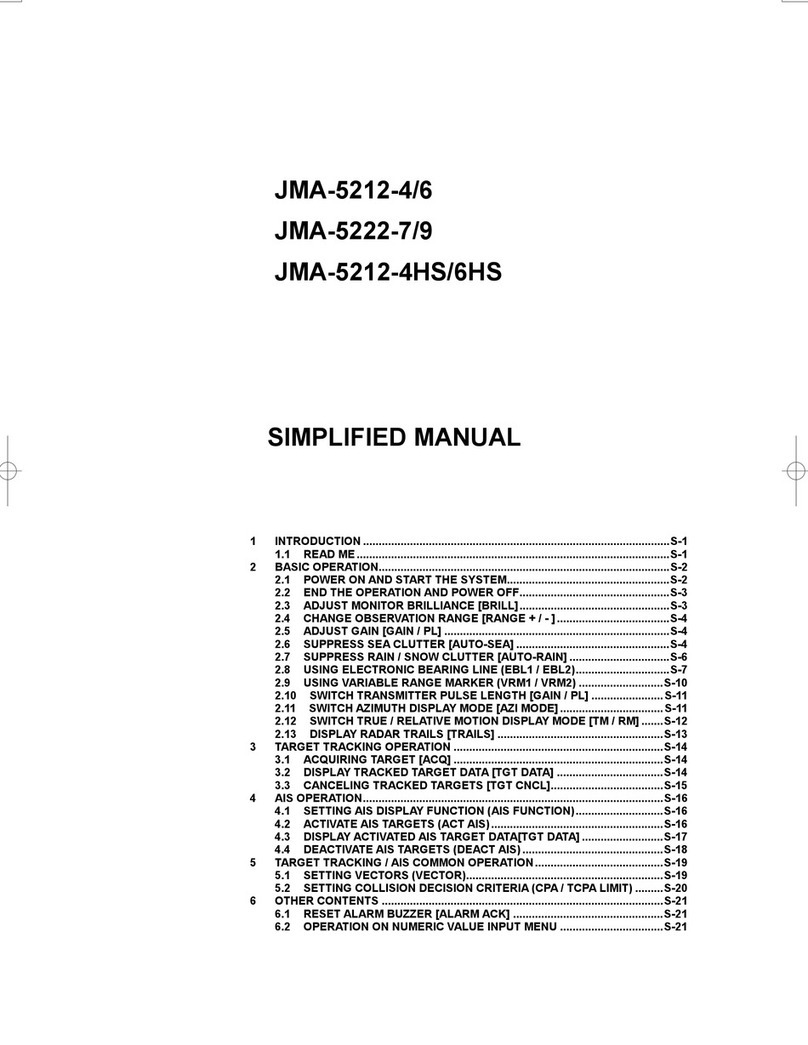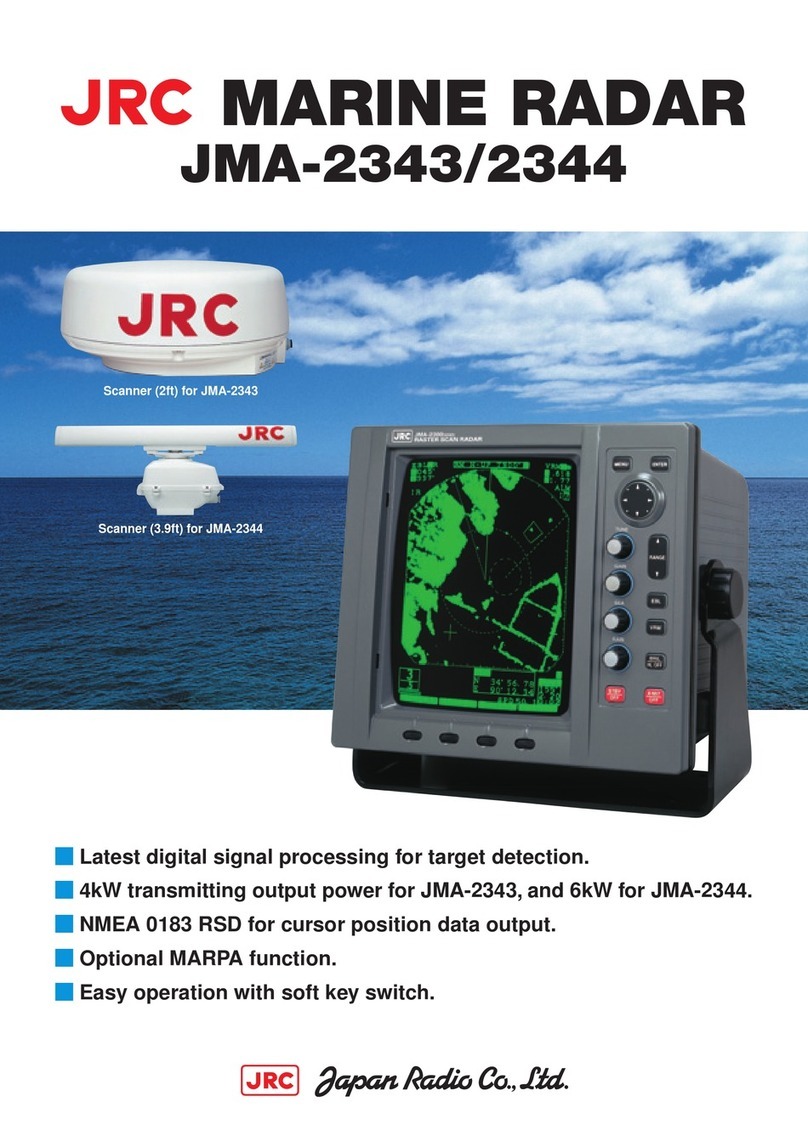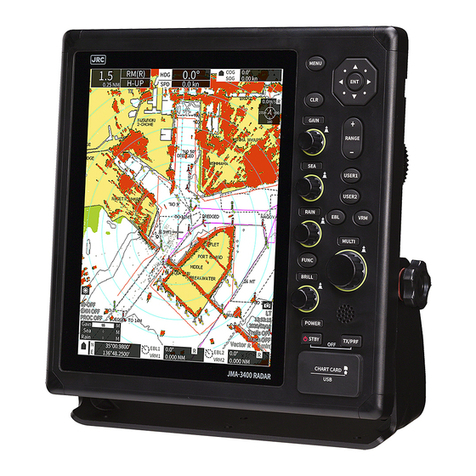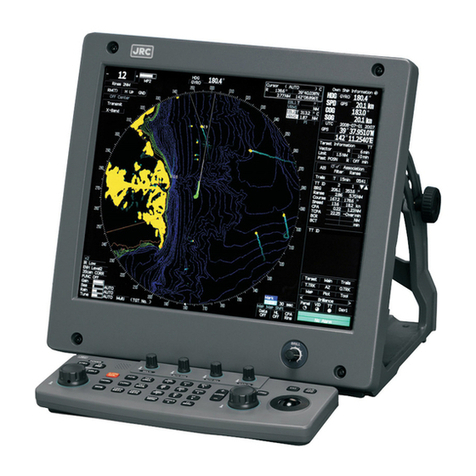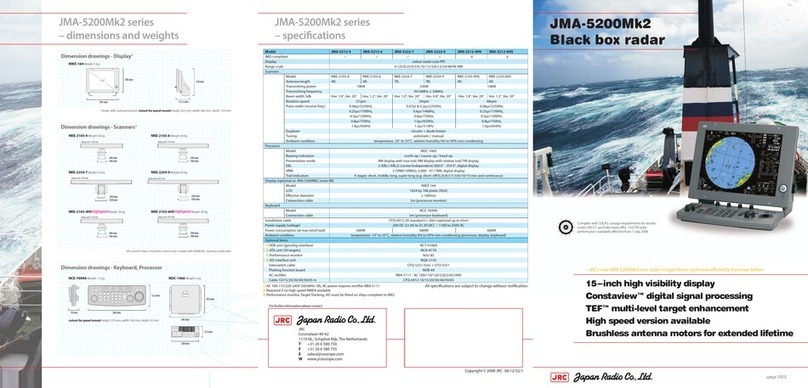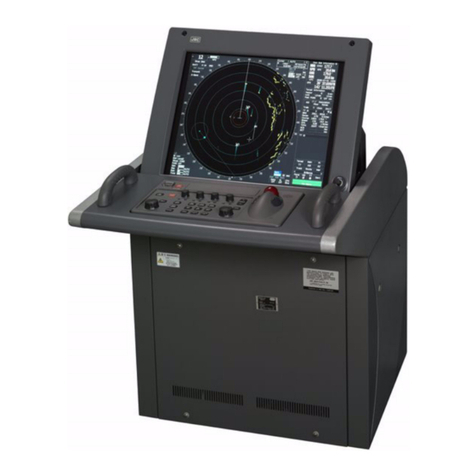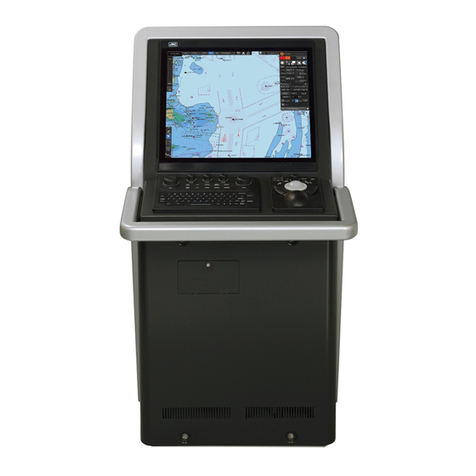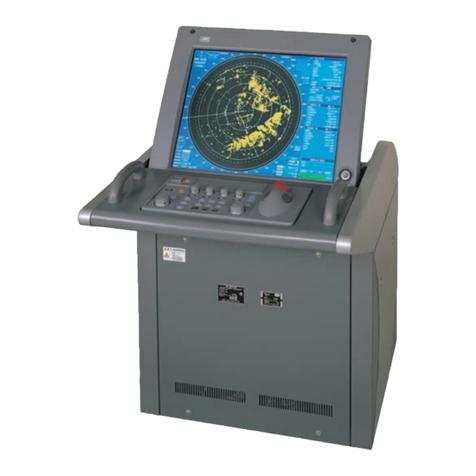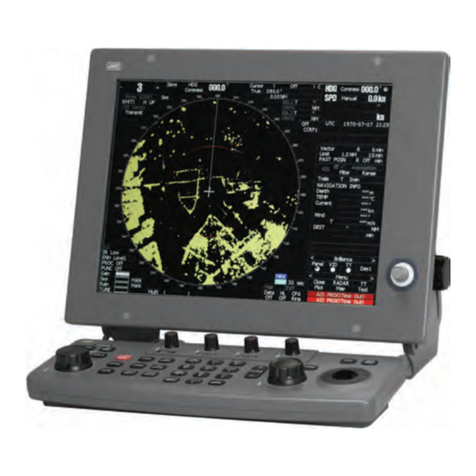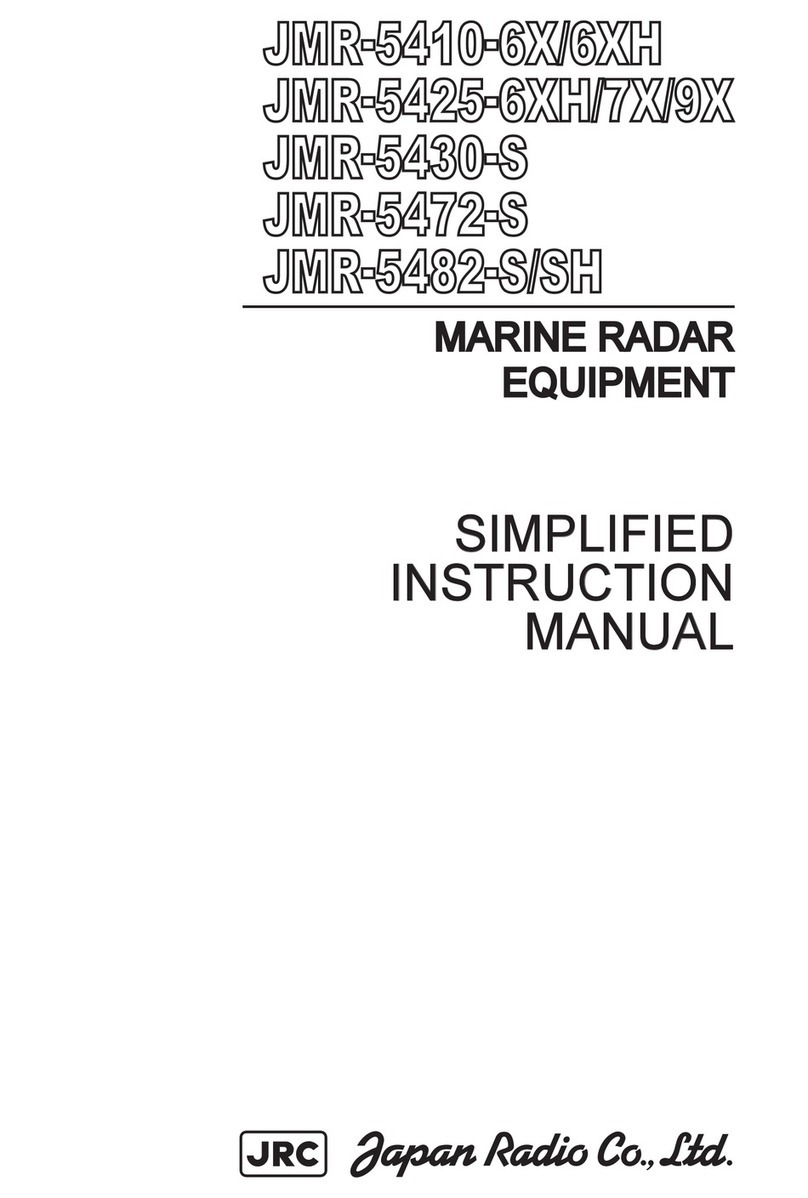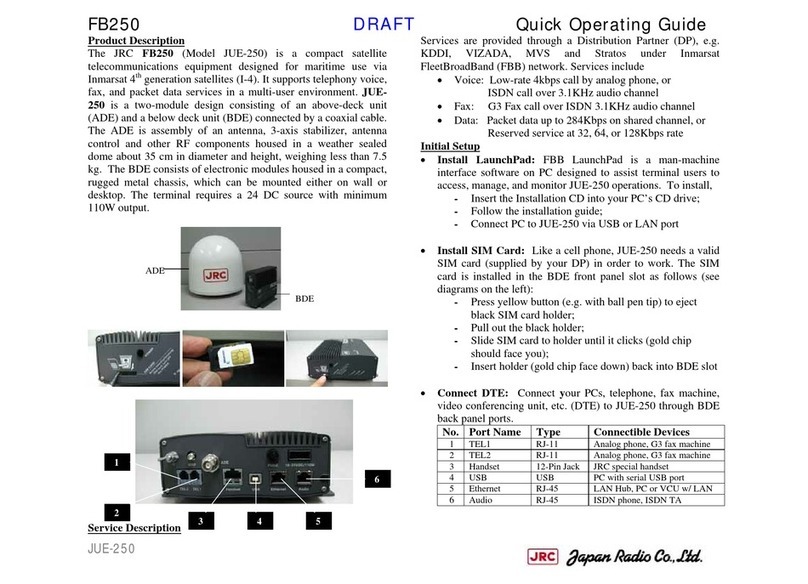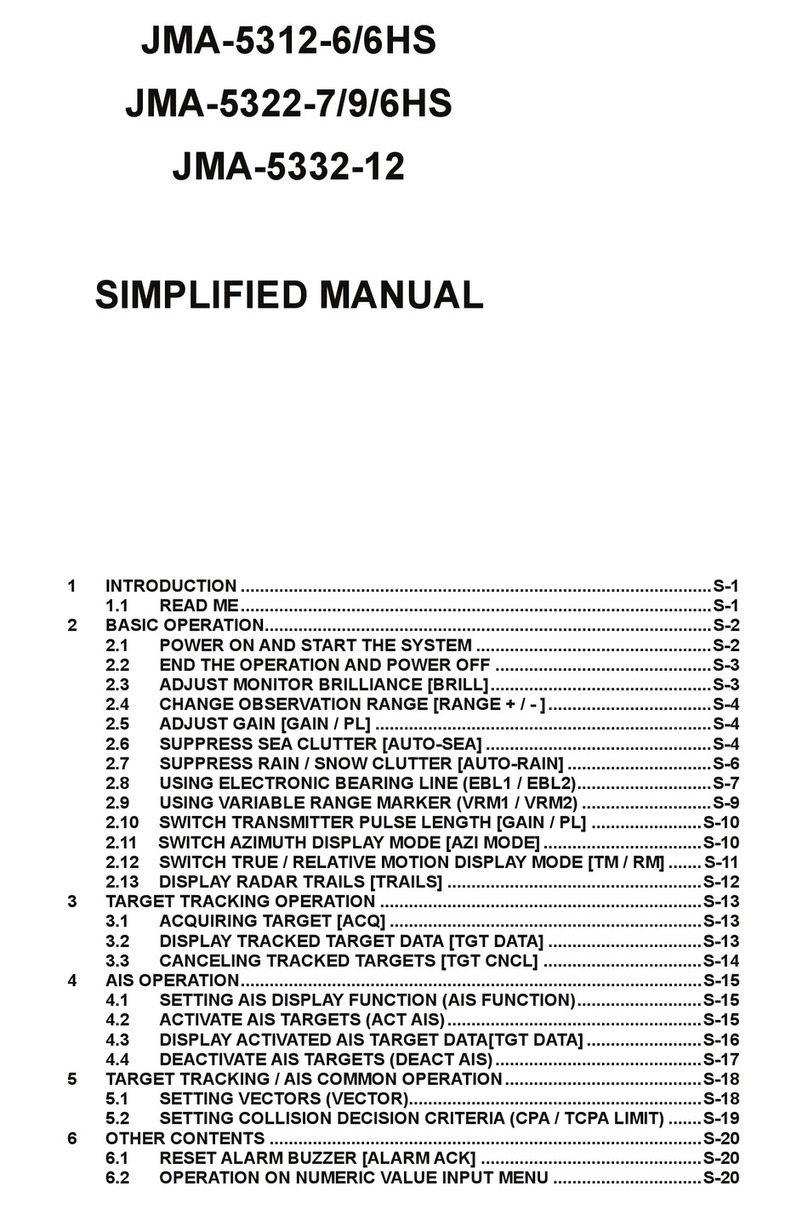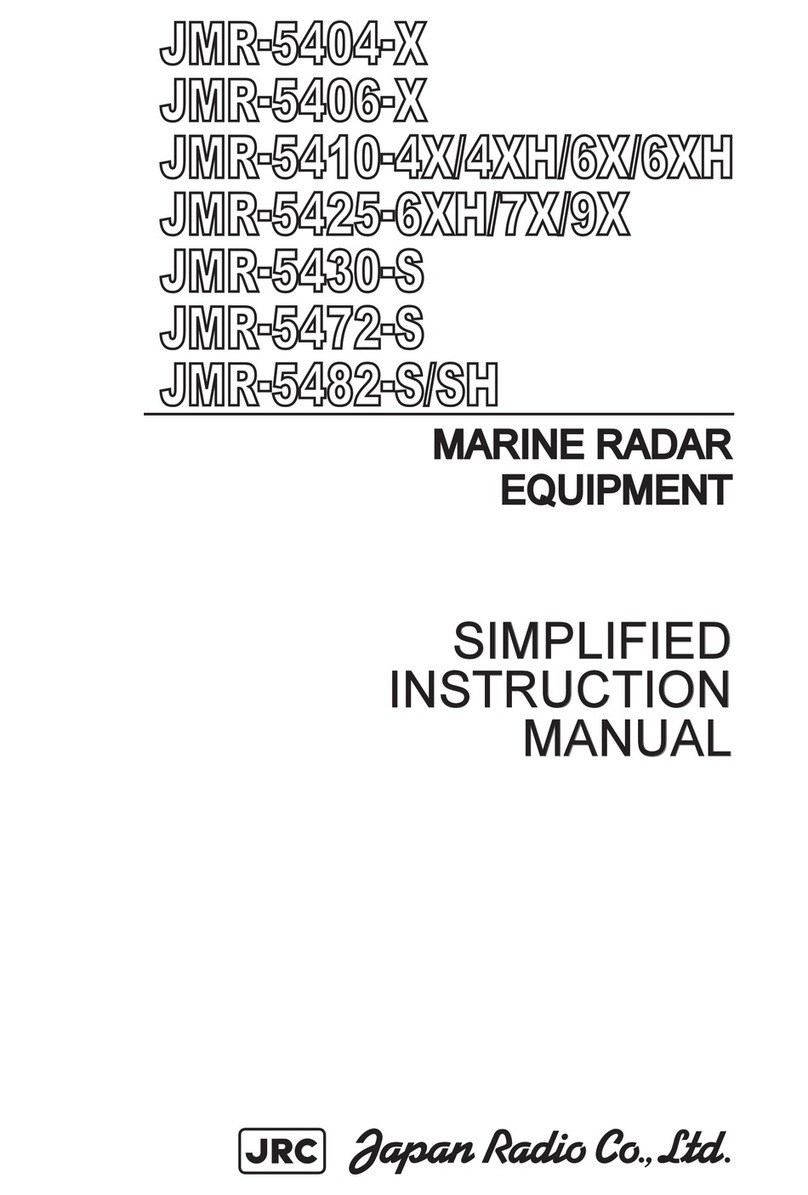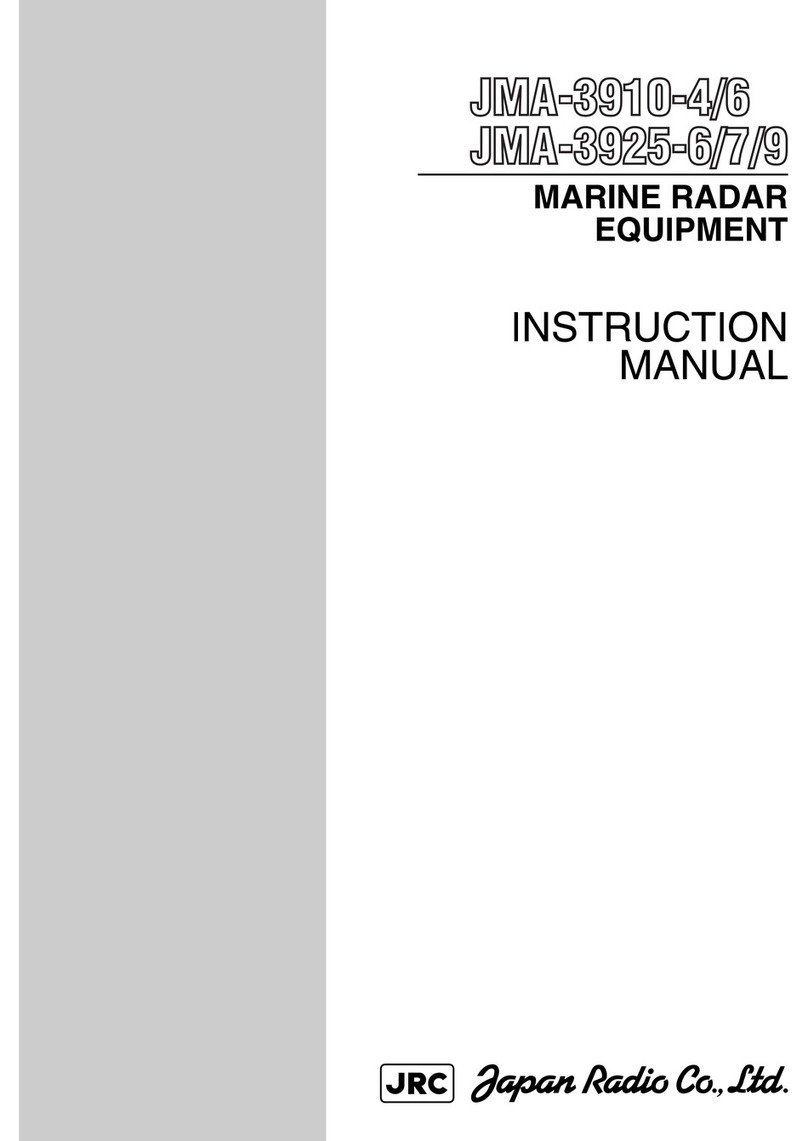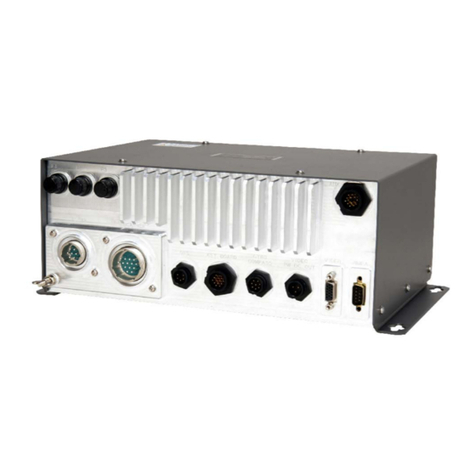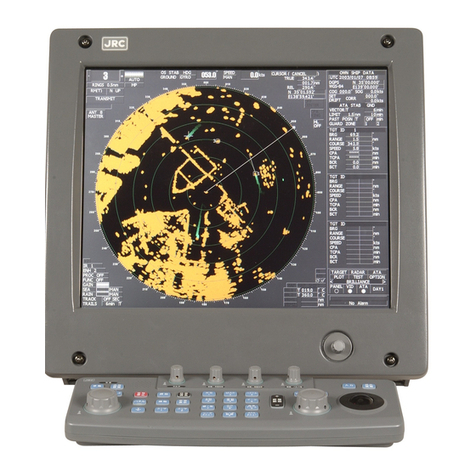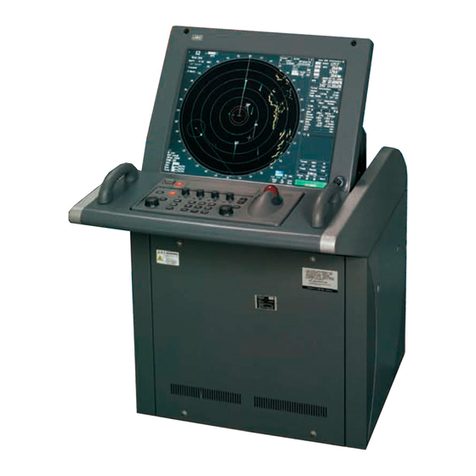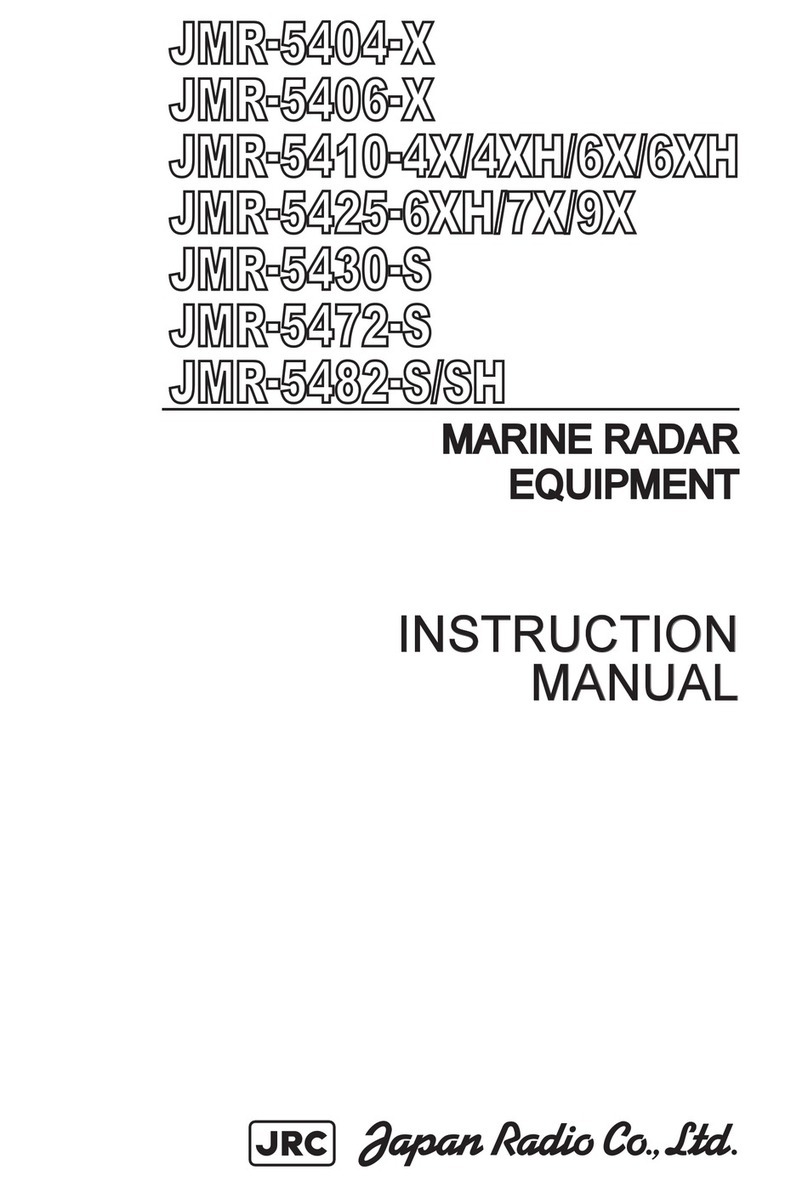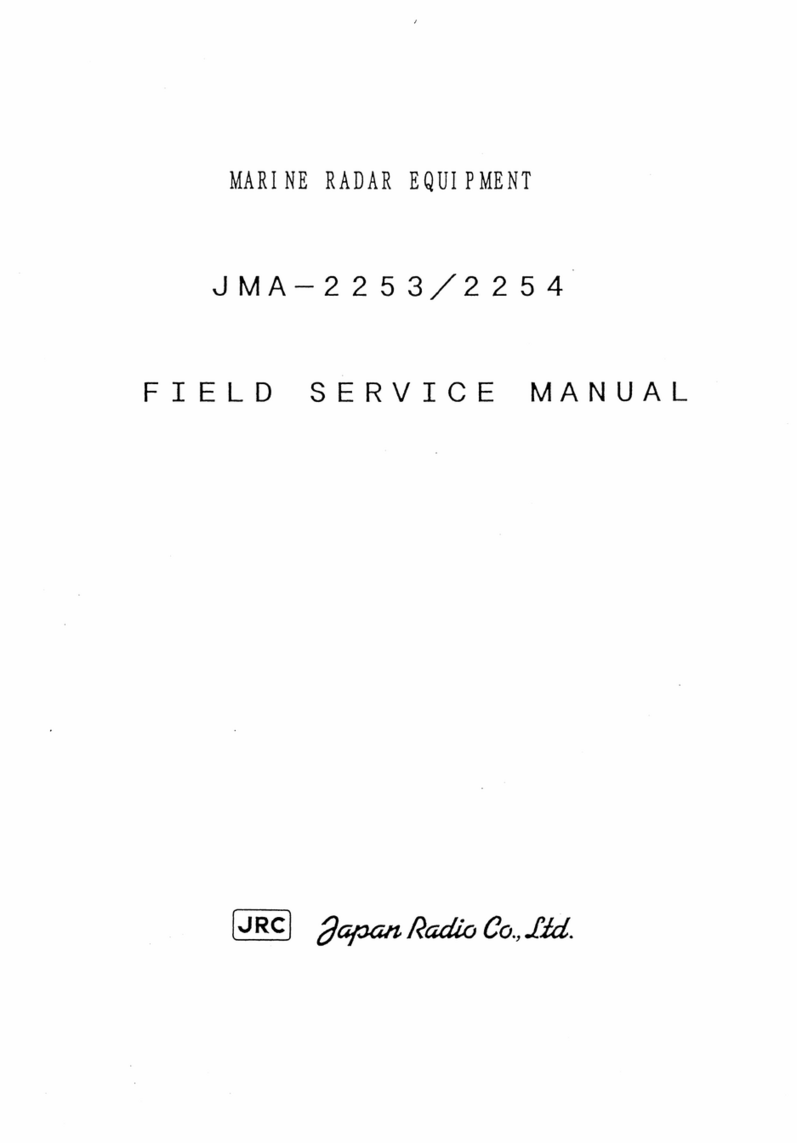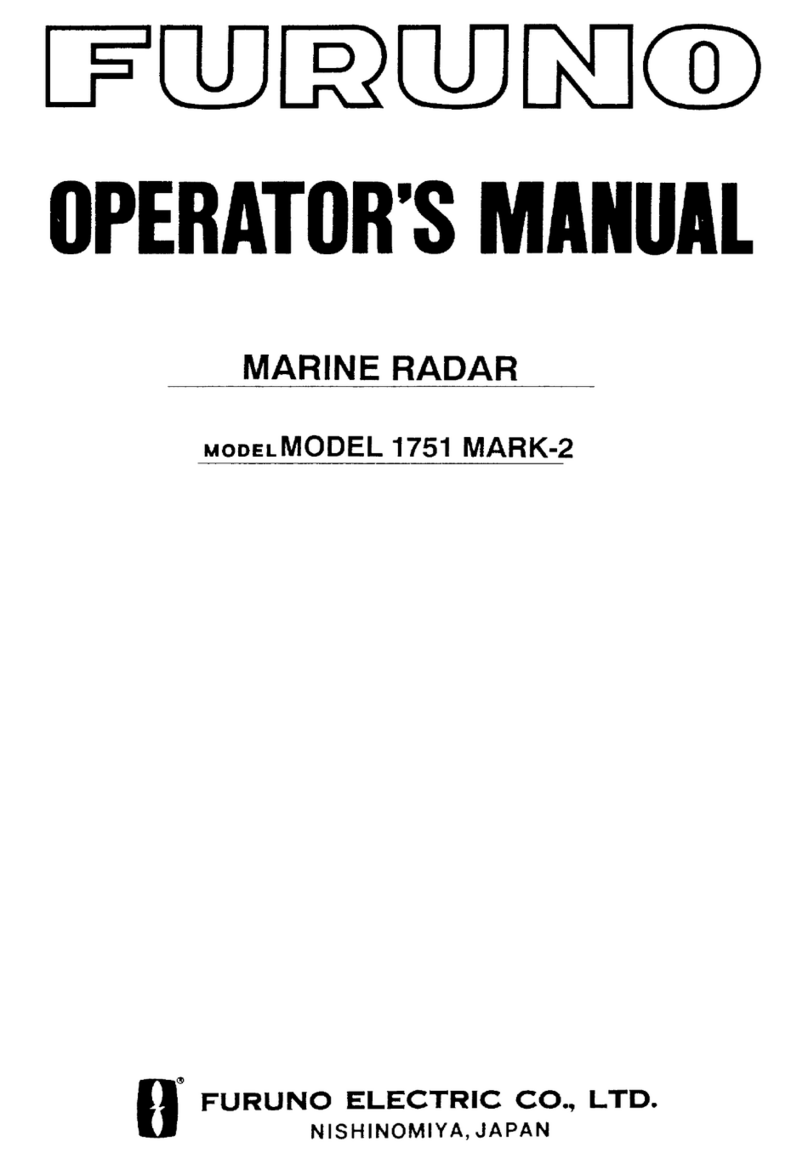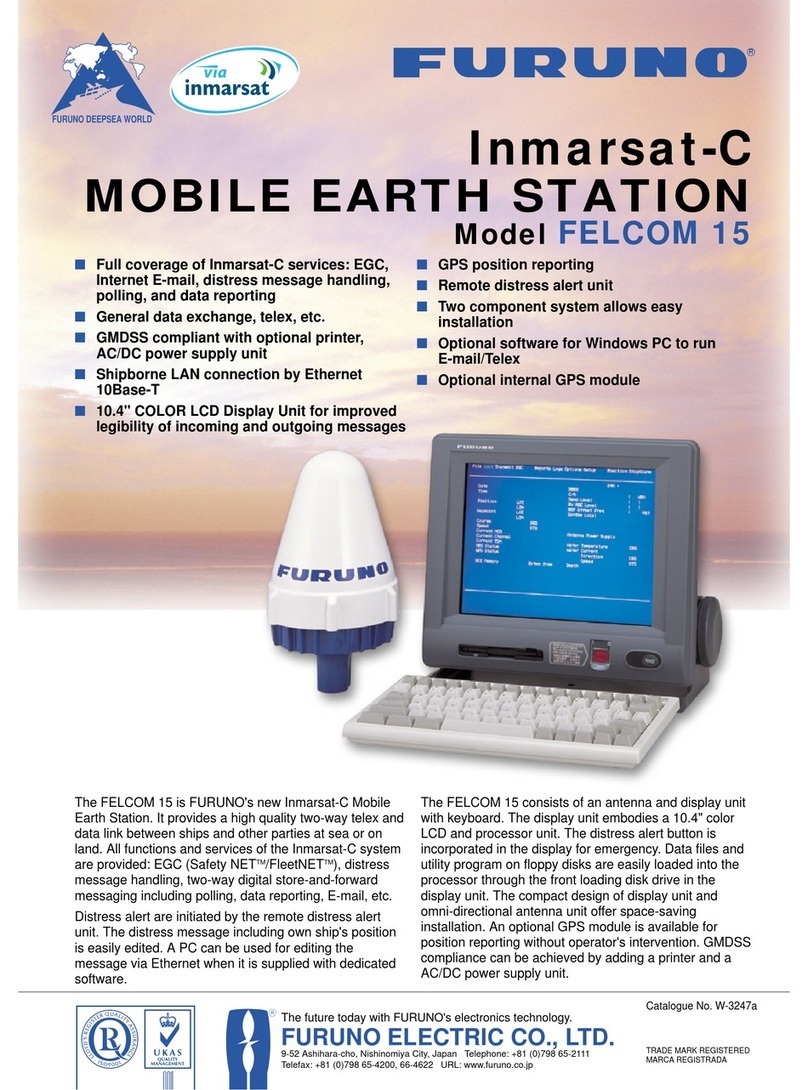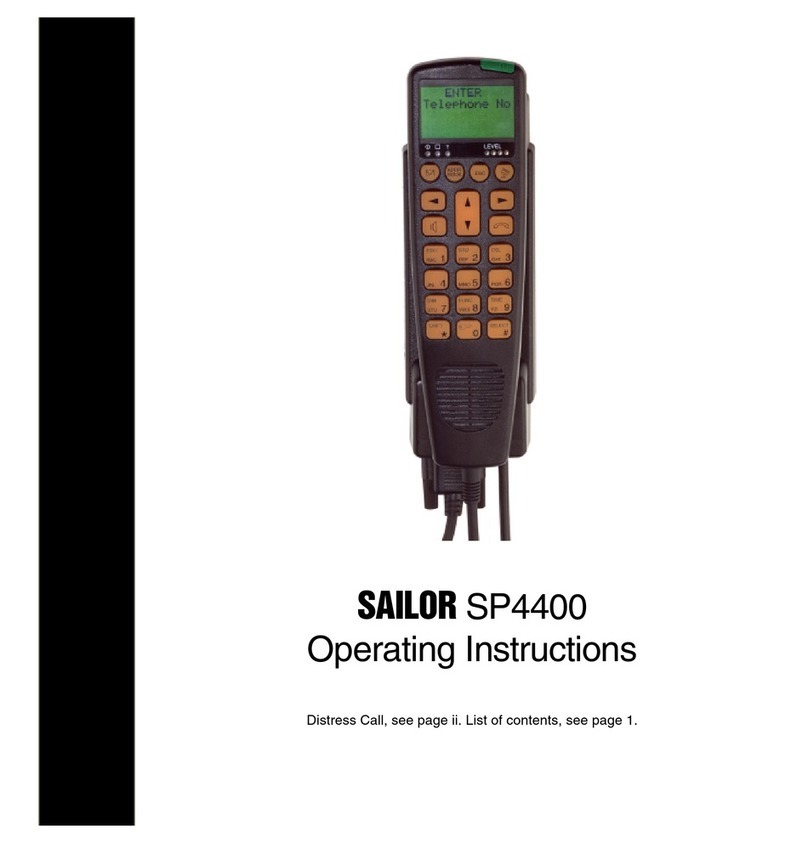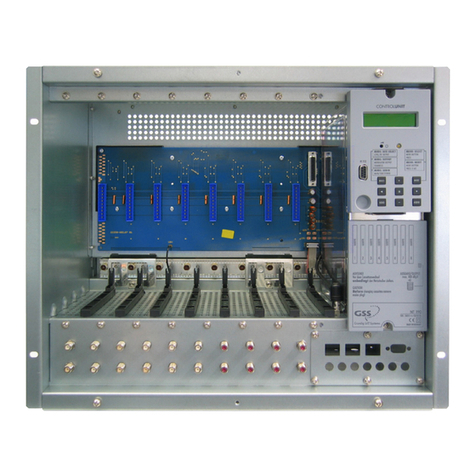PRECAUTIONS
viii
WARNING
Never directly touch the internal components of the antenna,
receiver/transceiver, or indicator.
Direct contact with these high-voltage components may cause
electrocution. For maintenance, inspection, or adjustment of
equipment components, consult with our branch office, branch
shop, sales office, or our distributor in your district.
Do not get close to the radiant section of the antenna. It is a
rotating part, and it may cause injuries if it suddenly starts rotating
and consequently hits the body.
It is recommended that the radiant section be installed at a high
place such as on the roof of the wheelhouse, on the flying bridge,
on the trestle, or on the radar mast so that no one can get close to
it. When any work must be done on the antenna, make sure to turn
the antenna switch off.
Microwave radiation level:
Keep away from a scanner when it is transmitting.
The high level of microwave is radiated from the front face of the
scanner specified below. The microwave exposure at close range
could result in injuries (especially of the eyes).
Scanner Unit 10W/m2
NKE-2063 40cm
NKE-2043 22cm
Make sure to install the antenna at a place higher than human
height.
Direct exposure to electromagnetic waves at close range will have
adverse effects on the human body.
When it is necessary to get close to the antenna for maintenance
or inspection purposes, make sure to turn the indicator power
switch to "OFF" or "STBY."
Direct exposure to electromagnetic waves at close range will have
adverse effects on the human body.
When conducting maintenance work, make sure to turn off the
power and unplug the power connector J1 of the display unit so
that the power supply to the equipment is completely cut off.
Some equipment components can carry electrical current even
after the power switch is turned off, and conducting maintenance
work without unplugging the power connector may result in
electrocution, equipment failure, or accidents.
